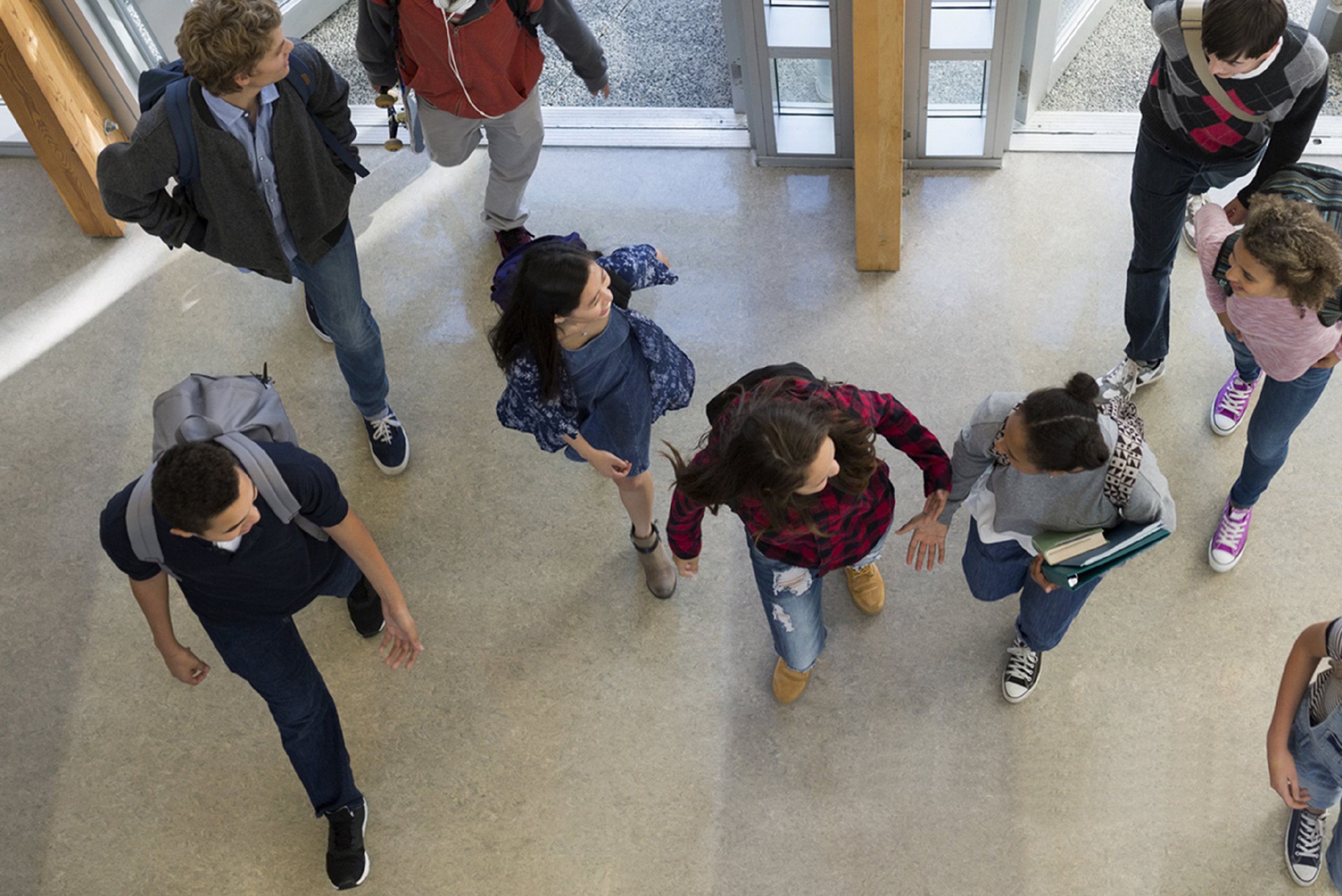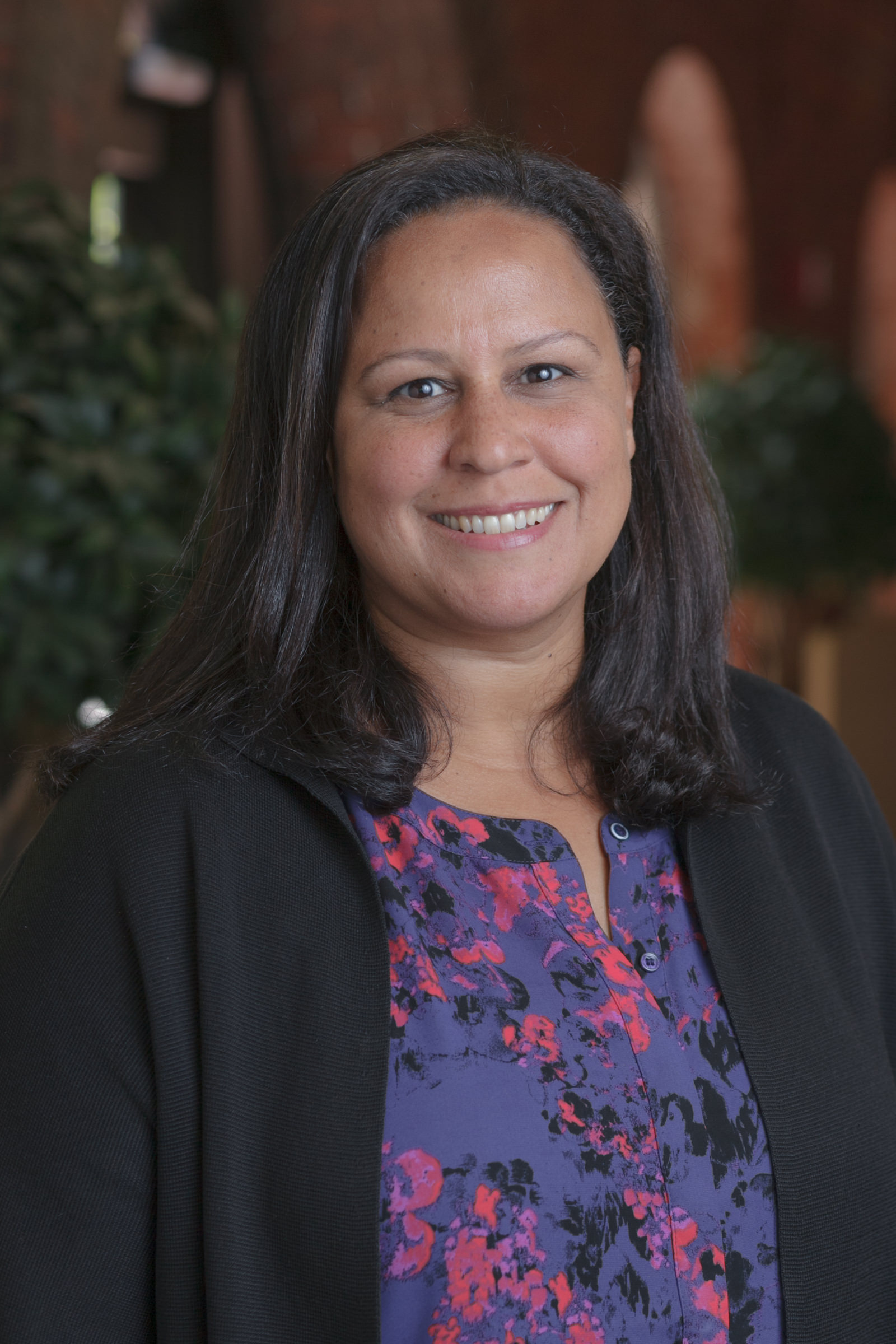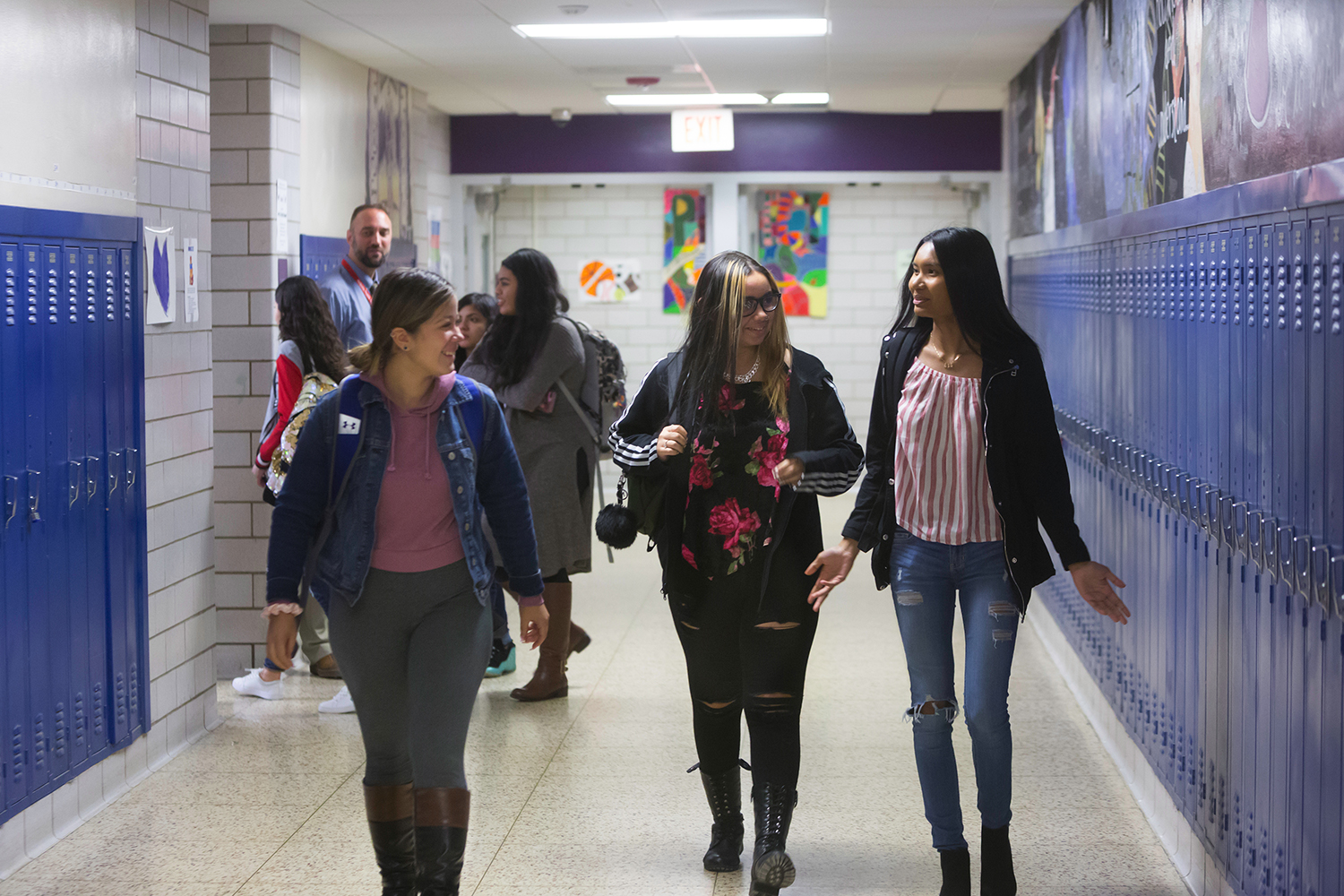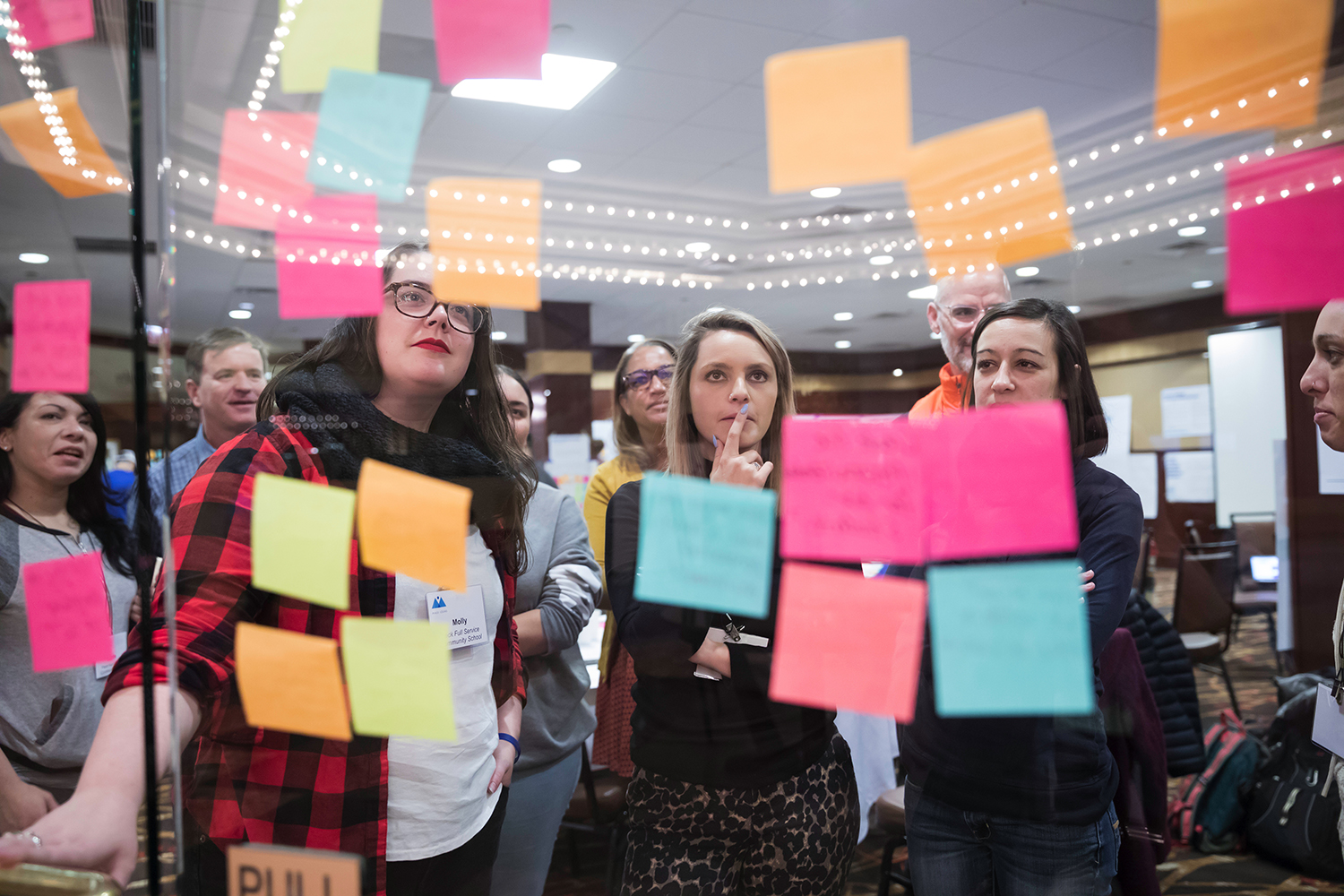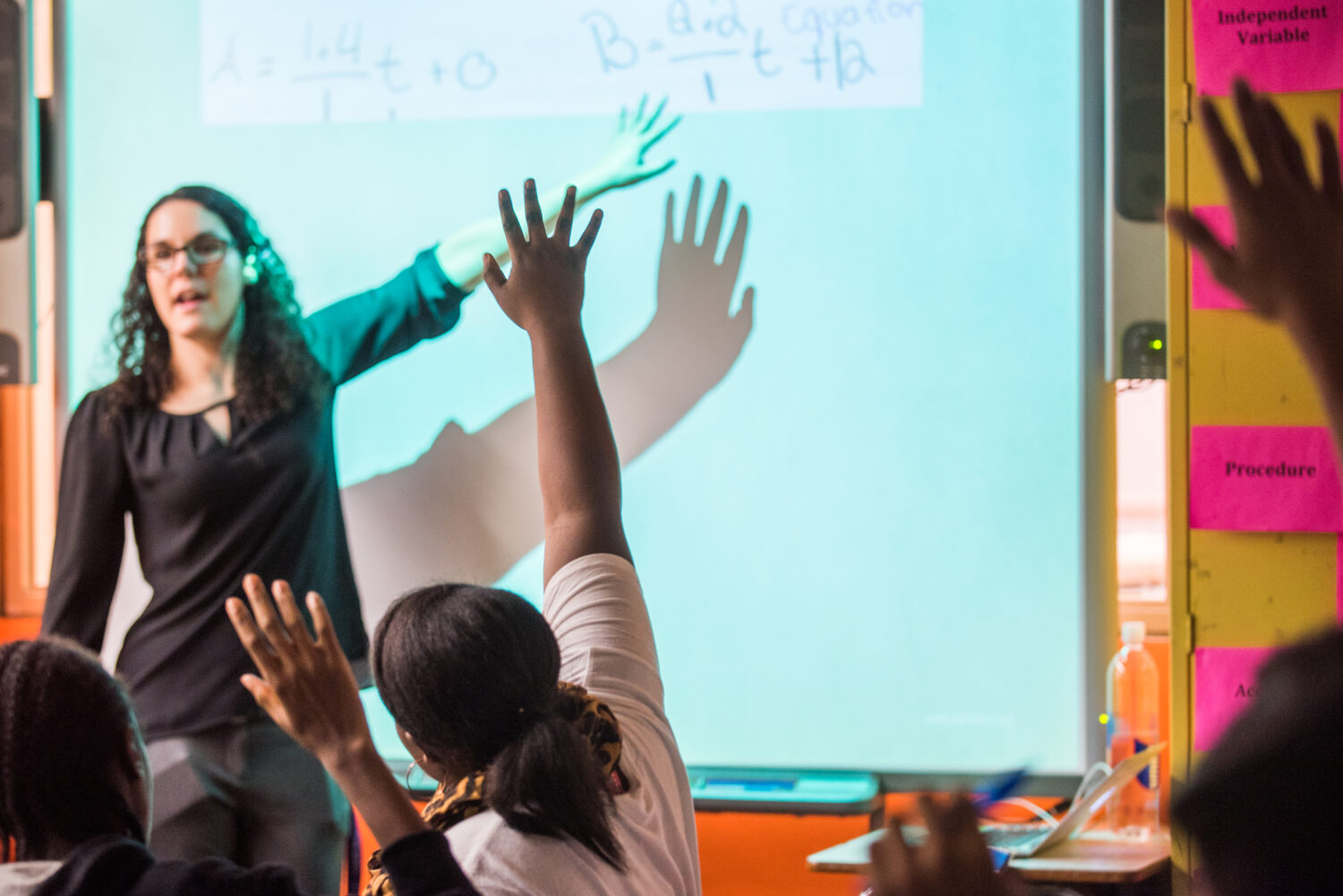Last August, the Barr Foundation was pleased to partner with the Boston Public Schools (BPS) on an important new study commissioned by Superintendent Tommy Chang. Its purpose was to provide a comprehensive analysis of the District’s secondary schools, with a focus on students who have fallen off track to graduate.
With funding from Barr, BPS engaged EY-Parthenon to lead a deep, thorough analysis of students in its high schools, the paths students take, and the school, system and policy factors that contribute to students falling off-track to graduate. EY-Parthenon analyzed data on all students in grades 6 – 12 who enrolled in BPS between the 2009-10 and 2016-17 school years. They also conducted focus groups with current high school students. Throughout the process, they worked closely with a steering committee comprised of leadership from BPS high schools and from the District’s central office.
The resulting report, Excellence and equity for all — Unlocking opportunities for off-track youth in Boston Public Schools, identified some sobering statistics about the opportunities and challenges young people face within the current system, including:
Too many students are enrolled in high schools they and their families did not choose.
- Many students are assigned to schools they have not chosen as a means of filling seats in under-enrolled schools.
- High school student enrollment has declined by ~2,500 over the last decade, while the number of high school seats has increased by ~400, allowing schools to be under-enrolled.
- Most of these assignments are made to the city’s open enrollment schools, the schools in the city with the lowest level of performance. Exam schools and selective admission schools fill first.
All students do not enjoy equal access to high-quality schools.
- Due to policy and process decisions made regarding student assignment, there is a wide range of expected graduation rates across the district’s high schools (94% – 56%).
- Students do not have equal access to schools that provide a higher likelihood of success.

- This matters, because for any individual student, his/her odds of graduating high school are significantly impacted by the school (s)he attends.

Nearly one in five high school students are falling off track, and existing supports for them are inadequate to the challenges they face in connecting to success.
- Even though graduation rates have increased and drop-out rates have decreased, thousands of high school students (18%) fall more than two years off track to high school graduation, and this number has improved only marginally in the last ten years.
- Once a student falls off track, their chances of graduating dramatically decrease. Among students who seek other options outside of traditional high schools, many fail to secure a placement, and those who do enroll in non-traditional high schools do not experience any greater rate of success than if they had remained in traditional settings.
The challenges facing BPS’ high schools are the result of many decisions made over many years. Addressing these challenges will require bold and comprehensive action, and engagement from the entire community, including philanthropy. Behind the statistics in this report are real young people whose lives are profoundly impacted and we must act urgently to ensure excellence is available to all.
